One of the coolest racing machines in history: it's BMW's 'Batmobile'
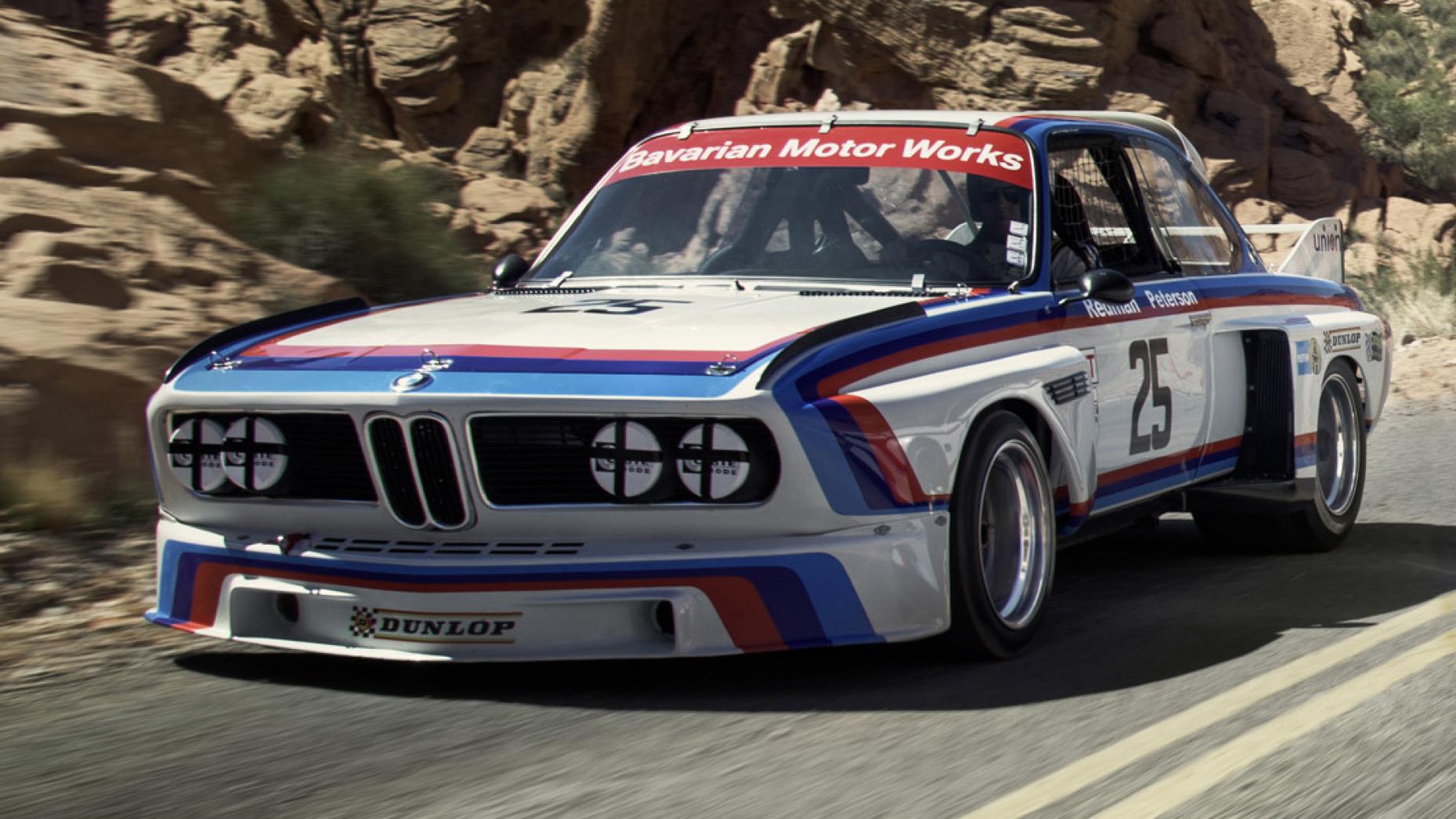
BMW officially begins its centenary celebrations this week, but rather than wallowing in the past those far-sighted Bavarians are steadfastly ignoring the rear-view mirror: the various events and cars we’ll see during 2016 will be rolled out under the banner ‘The next 100 years’.
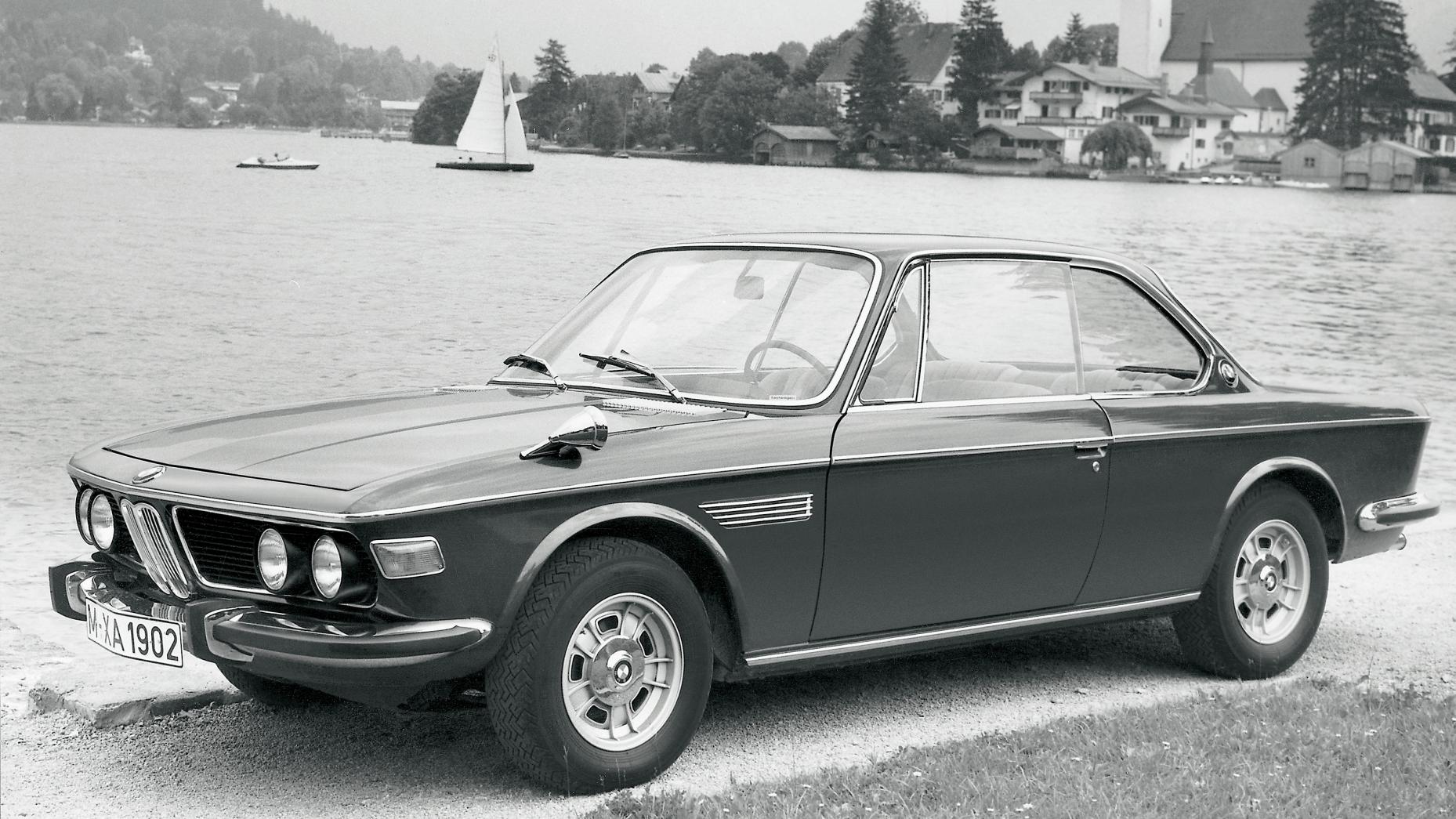
So leave it to TopGear.com to don the rose-tinted spectacles and jump in the time machine once again. This week’s coolest racing car began life as a desirable but not uncomplicated 1960s road car, so we’ll discuss that first. The Wilhelm Hofmeister-designed 2000 CS appeared in 1965, but it was the late ’68 facelift and punchier 2800 CS (above) that really defined the template for what you might like to think of as a German Aston Martin (the CS was certainly pricey enough). Then BMW tasked Alpina to go further, and the result was the 3.0 CSL. The first run cars, of which 165 were built, used the 2985cc M30 engine, fed by dual Zenith carburettors, to produce 180bhp. This version also had a 25 per cent locking slippy diff, bigger fuel tank, and a bunch of weight-saving items, including a glassfibre rear bumper and aluminium doors and bonnet. This gen one car weighed 1165kg, 200kg less than the car it was based on. But it also cost only a few hundred quid less than Porsche’s electrifying Carrera 2.7 RS.
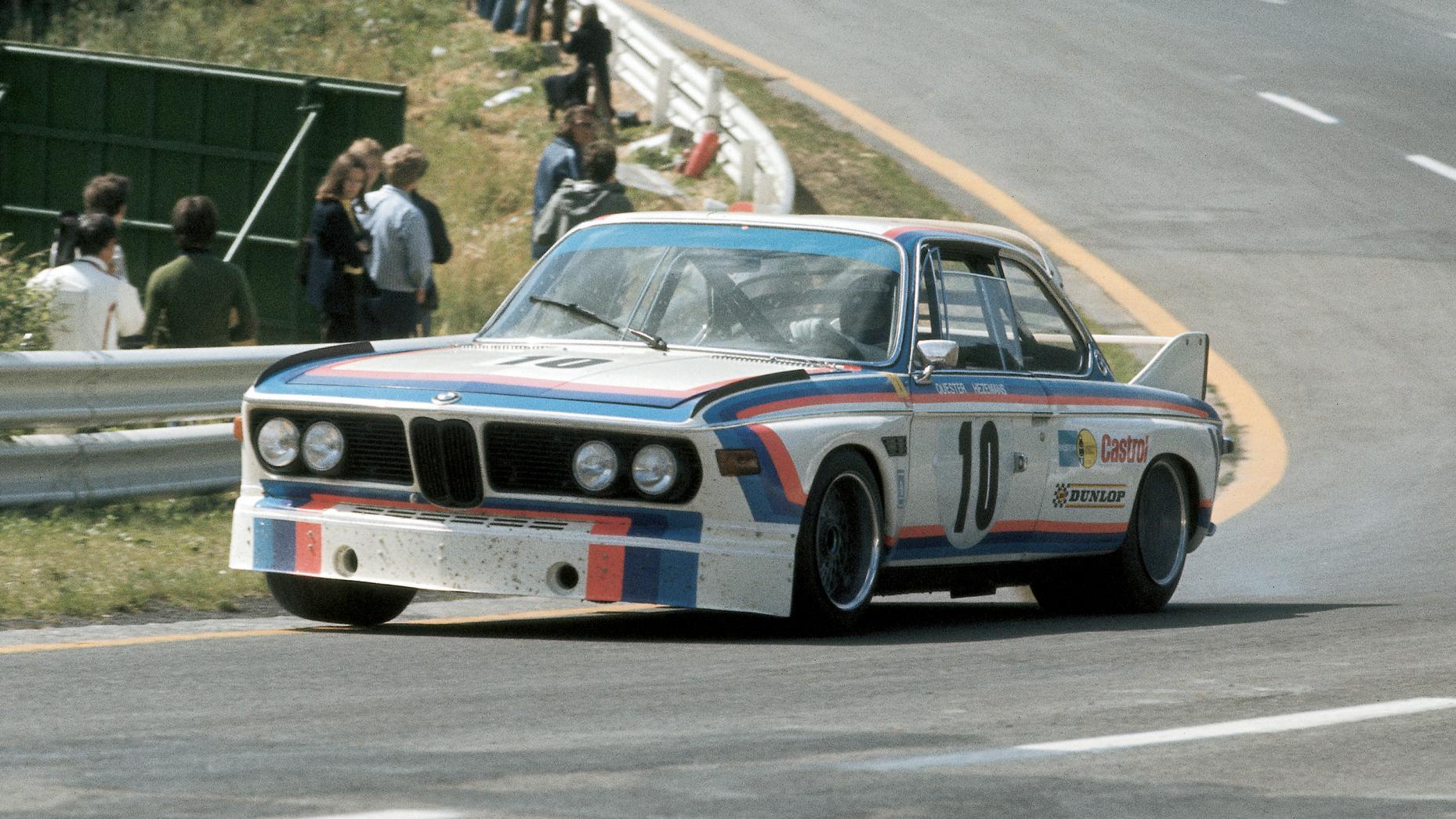
The real bad boy Batmobile CSL turned up in 1972, when BMW decided it was time to enter the European racing fray, in a bid to depose the reigning king, the none-more-hairy Ford Capri RS2600. In order to homologate the car for Group 2 racing, 1000 production versions had to be built, whose slightly bigger straight-six (3003cc, which allowed it to compete in the ‘over 3.0-litre’ category) was now fuel-injected and produced 200bhp. The definitive iteration landed in July 1973, the engine capacity increased again (to 3153cc), and now adding the aero package that gave rise to the superhero name.
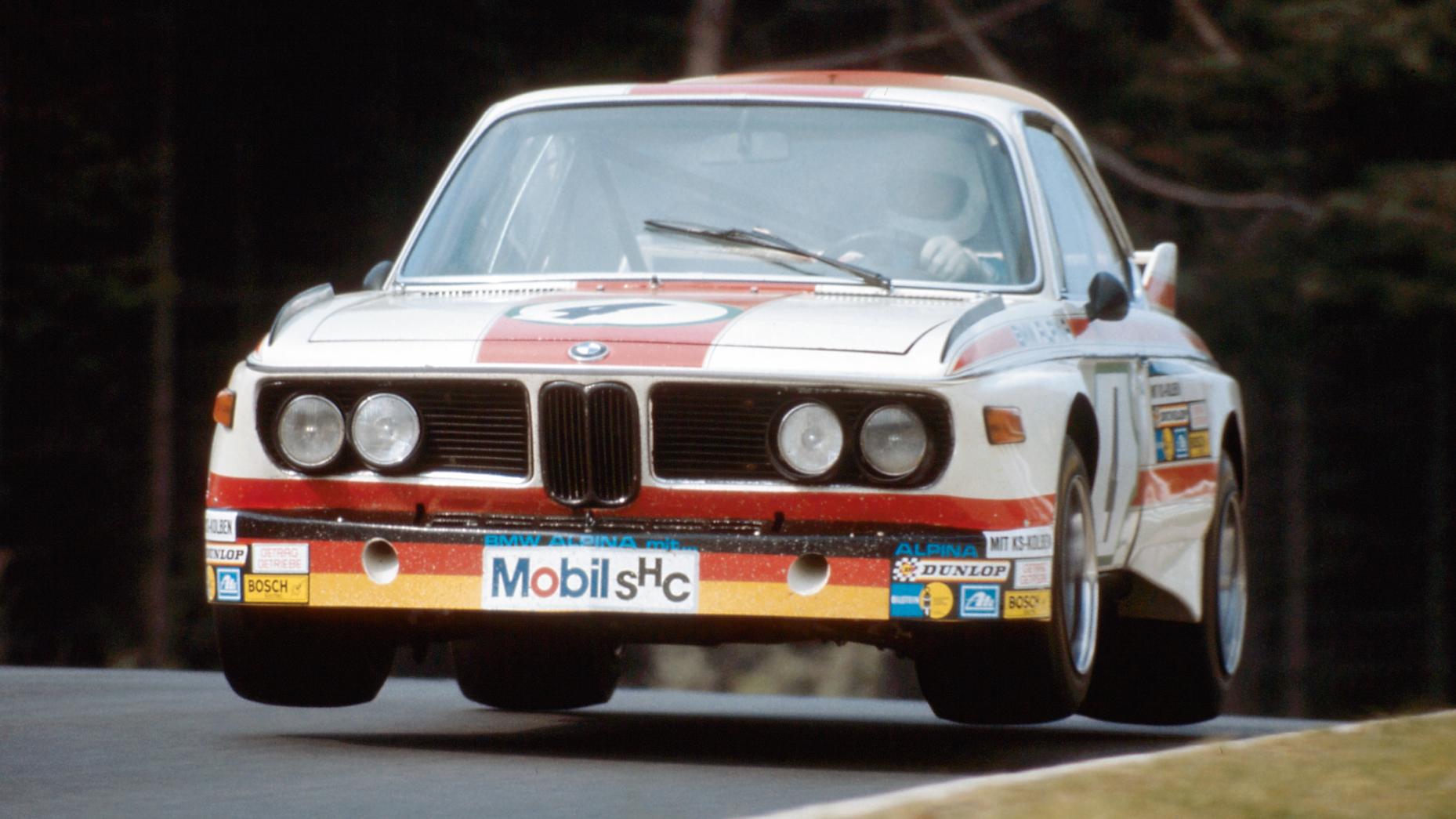
The chin spoiler got deeper, rubber fins were added on the tops of the front wings, there was a ‘stirrup’ over the top of the C-pillars, and a huge rear wing offset the CSL’s crisp, chiselled rear end (aluminium couldn’t cope with the additional downforce, so the boot was made of steel). Interestingly, various legal issues meant that these bits of aero addenda were left in the boot for the owner to add, rather than being factory fitted. Note also that the 500 right-hand drive versions were more lily-livered, and came with a ‘town package’ that included power steering. Bah.
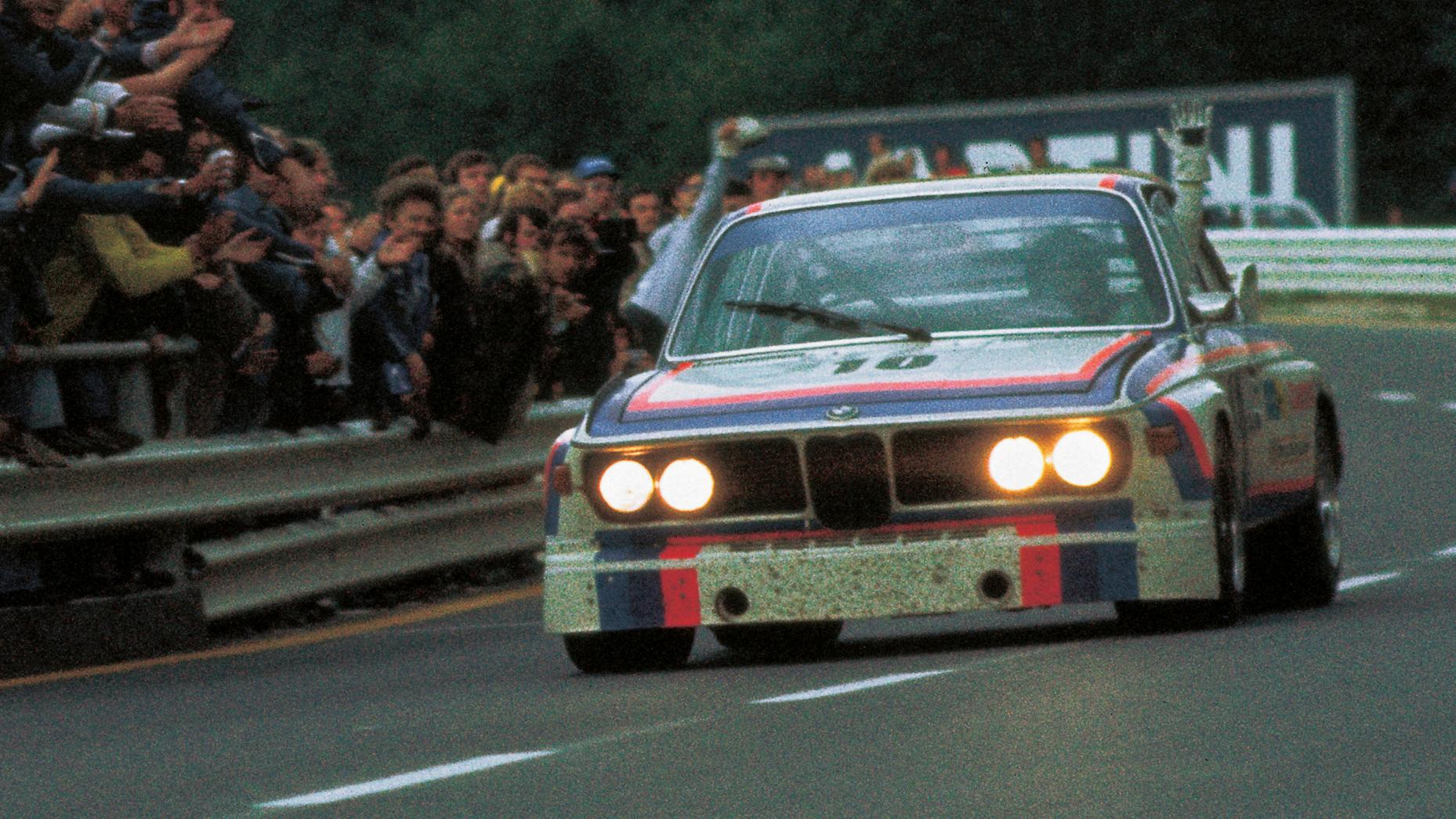
Between July 1973 and October 1975, 110 series one Batmobiles were manufactured, and 57 series twos. A Texaco sponsorship deal initially provided the option of blue, purple and red stripes, colours that would soon become a signature of BMW’s newly created M division. (That was BMW chairman Eberhard von Kuenheim’s idea, but set up by industry legend Bob Lutz, in 1971. It was Lutz who also tasked US ad agency Ammirati and Puris to dream up a suitably sticky tagline: the result was ‘the ultimate driving machine’, and the rest is history.)
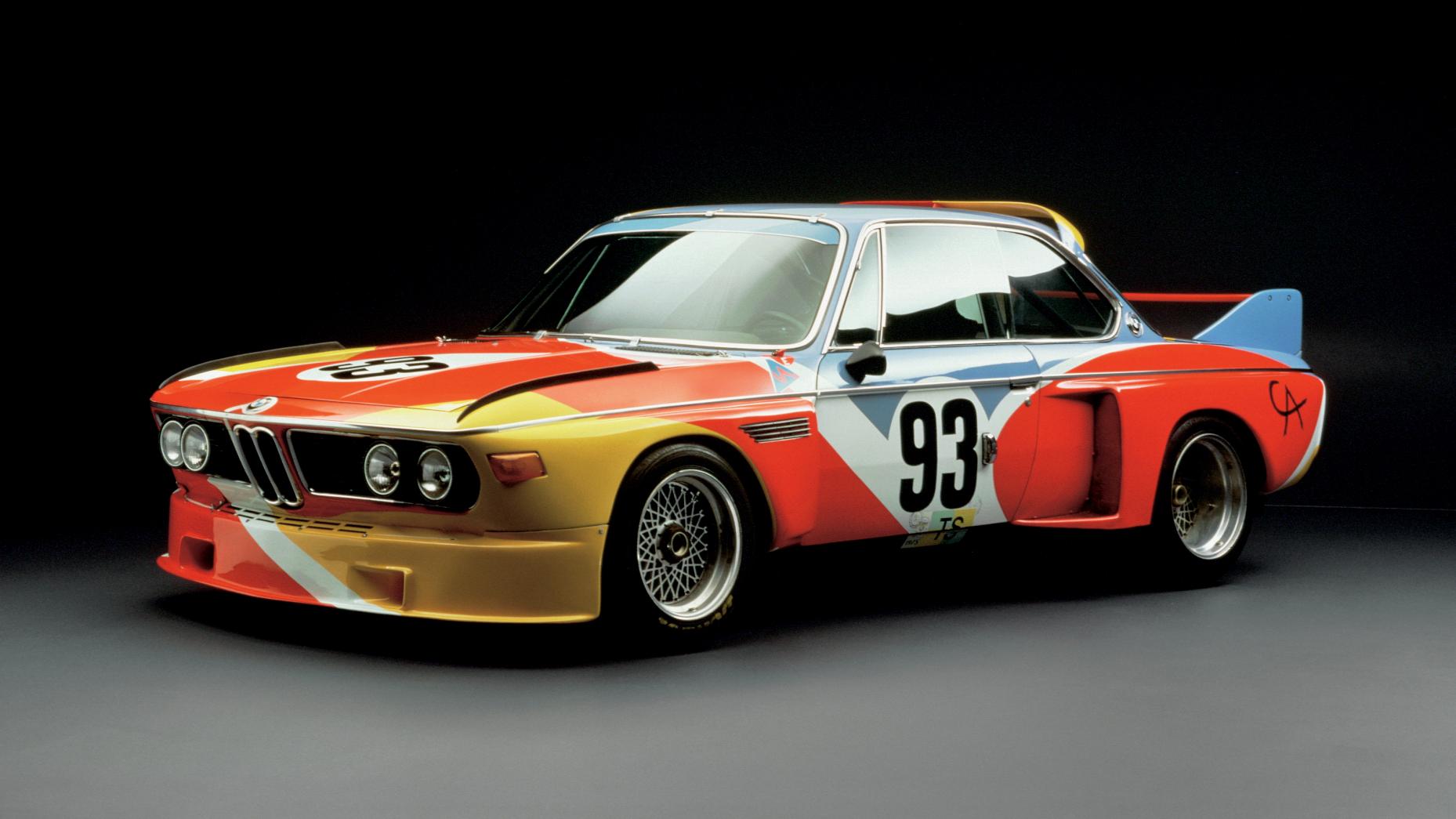
As for the racey version, well the CSL Batmobile quickly came to define the mid-1970s racing scene, sending BMW’s reputation into the highly profitable stratosphere. Key to the team’s success was former Ford man Jochen Neerpasch, who BMW basically poached. Highlights include a significant class win in the 1973 Le Mans 24 hours, when Toine Hezemans and Dieter Quester finished just outside the top 10, signalling the end of the Capri’s domination. There was also 1-2-3 finish at the Salzburgring in 1974, BMW now running a 24-valve evolution of the original engine that produced around 440bhp. The engine was twin turbocharged for 1976, and produced so much heat from its exhaust that the floor glowed red and the driver’s racing boots got melty. A CSL famously ran at Le Mans that year in the second of the company’s now famous ‘art car’ guises (the 1976 design was done by Frank Stella, following the previous year’s sublime Alexander Calder-designed car; Calder, a mechanical engineer turned artist, debuted the first of the 17 art cars to date, with another two due to arrive later in 2016).
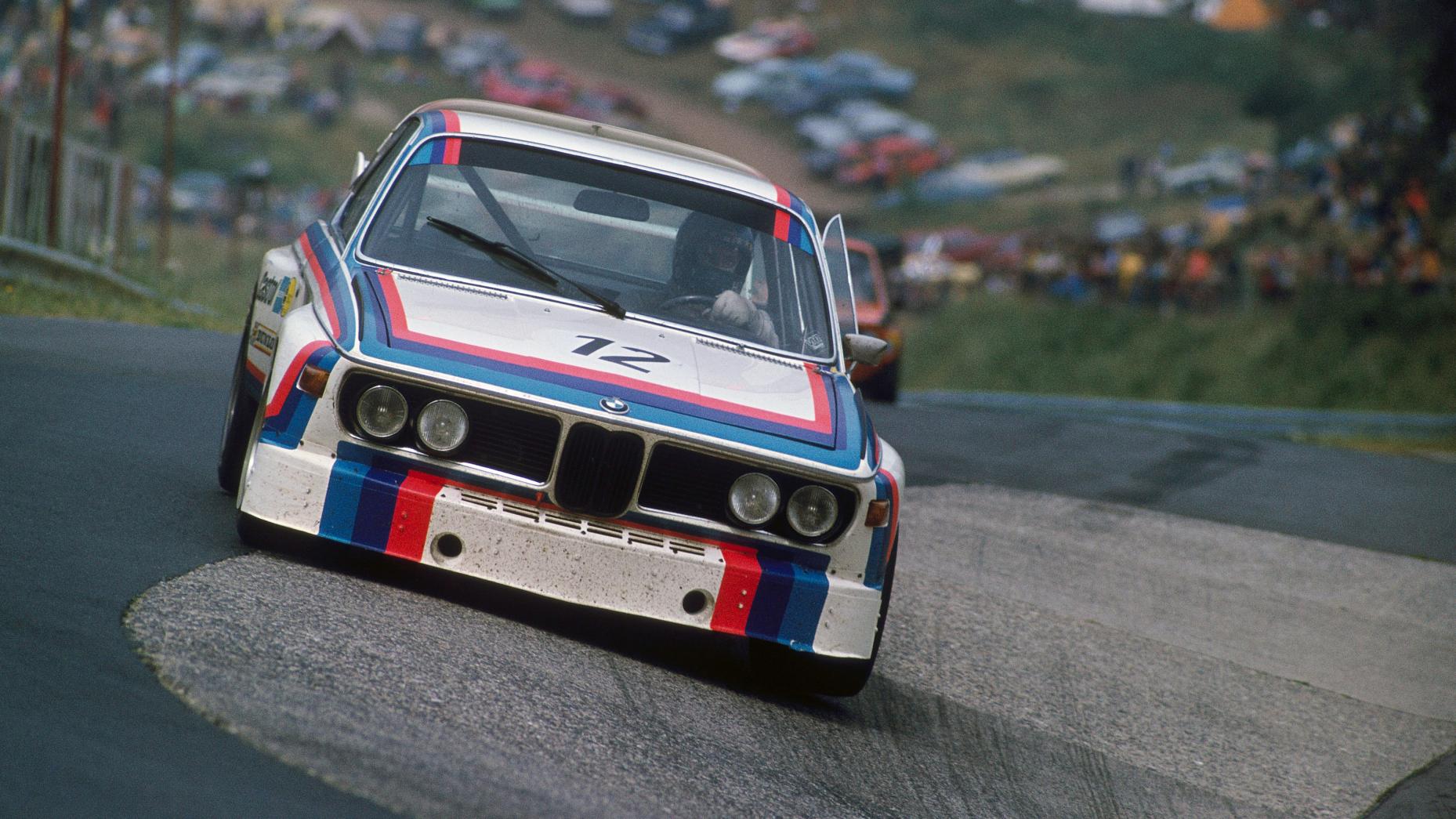
Although that particular Le Mans wasn’t a great one for BMW, the CSL is remembered as the most successful touring car of the 1970s, winner of countless national and international series in the hands of factory teams and privateers. Six European touring car titles were won between 1973 and 1979, by which point production had ceased. Big names like Hans Stuck, Brian Redman, Sam Posey, Ronnie Peterson and Niki Lauda all enjoyed stints at the wheel, and success in the US IMSA helped cement the BMW legend in America.
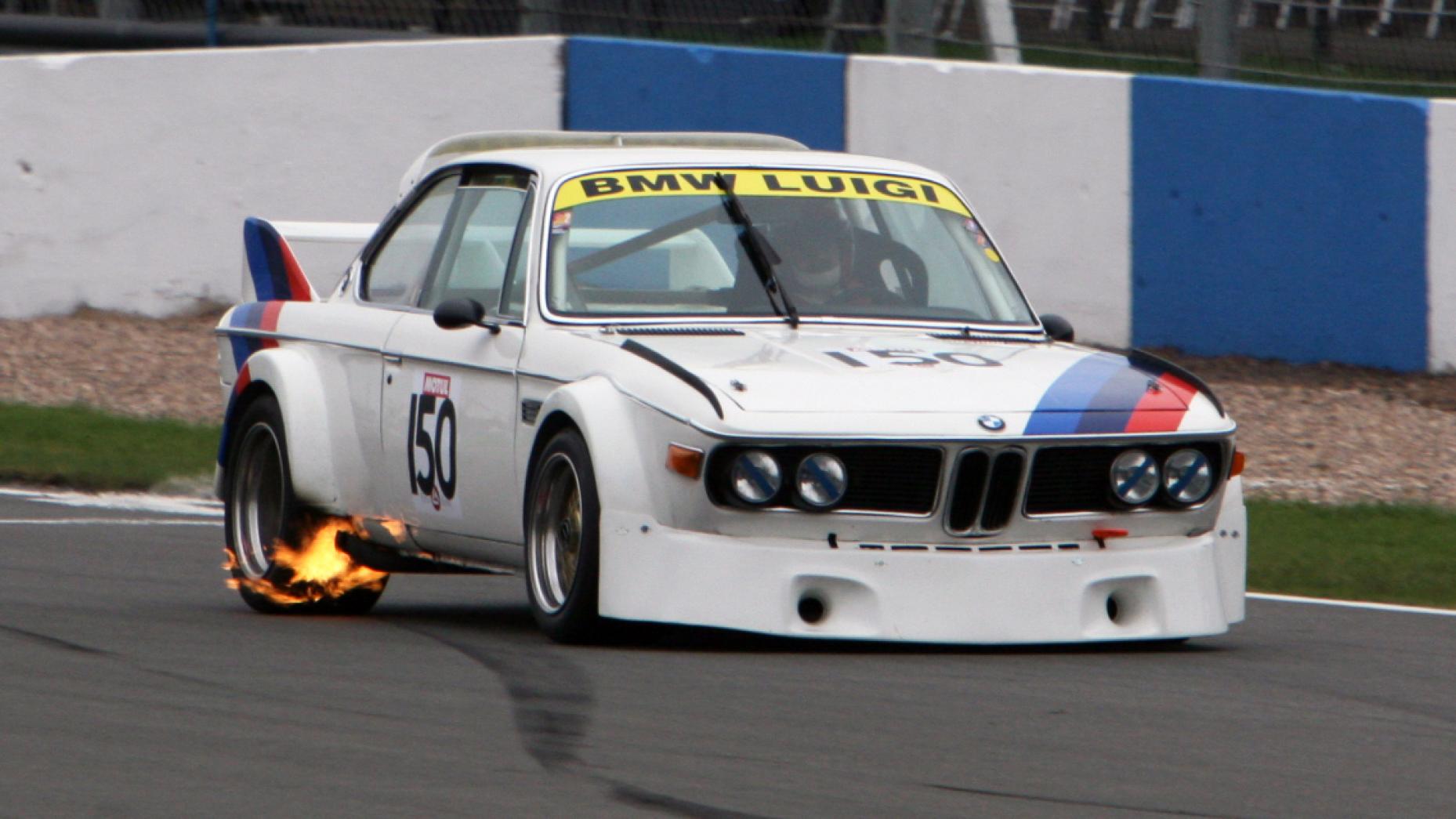
No.8: BMW 3.0 CSL Batmobile
Year: 1972-1979
Designed by: Jochen Neerpasch, Martin Braungart
Drivers (on track): Hans Stuck, Ronnie Peterson, Harald Ertl
Engine: 3.2-litre straight six, SOHC, 205bhp (road), 3.5-litre, 440bhp @ 8600rpm (track)
Top speed: 136mph, 0-60mph 6.5 seconds
Weight: 762kg
Stand-out moment: bolting on the rear wing in your garage at home. Or maybe Hans Stuck fully airborne at the Flugplatz
